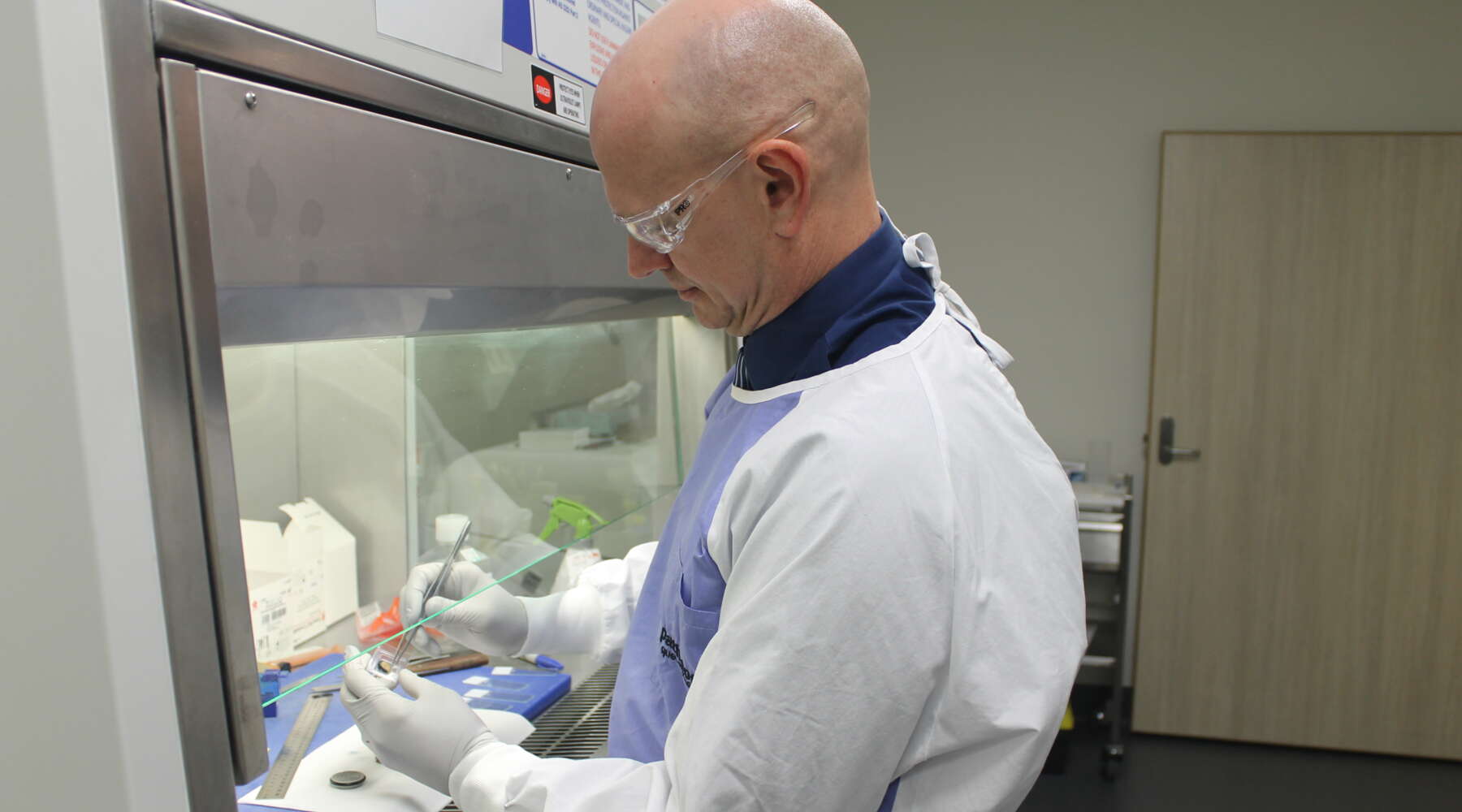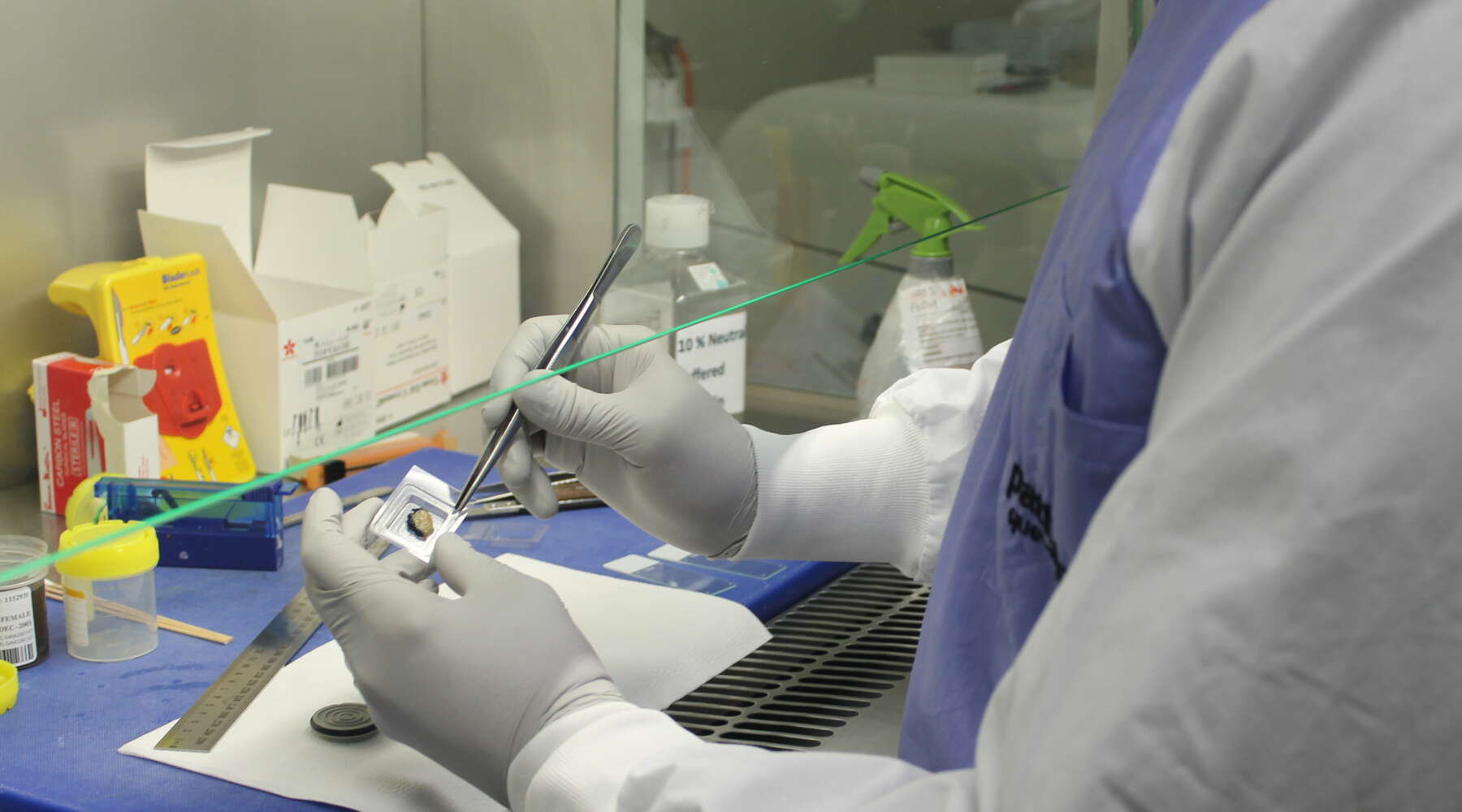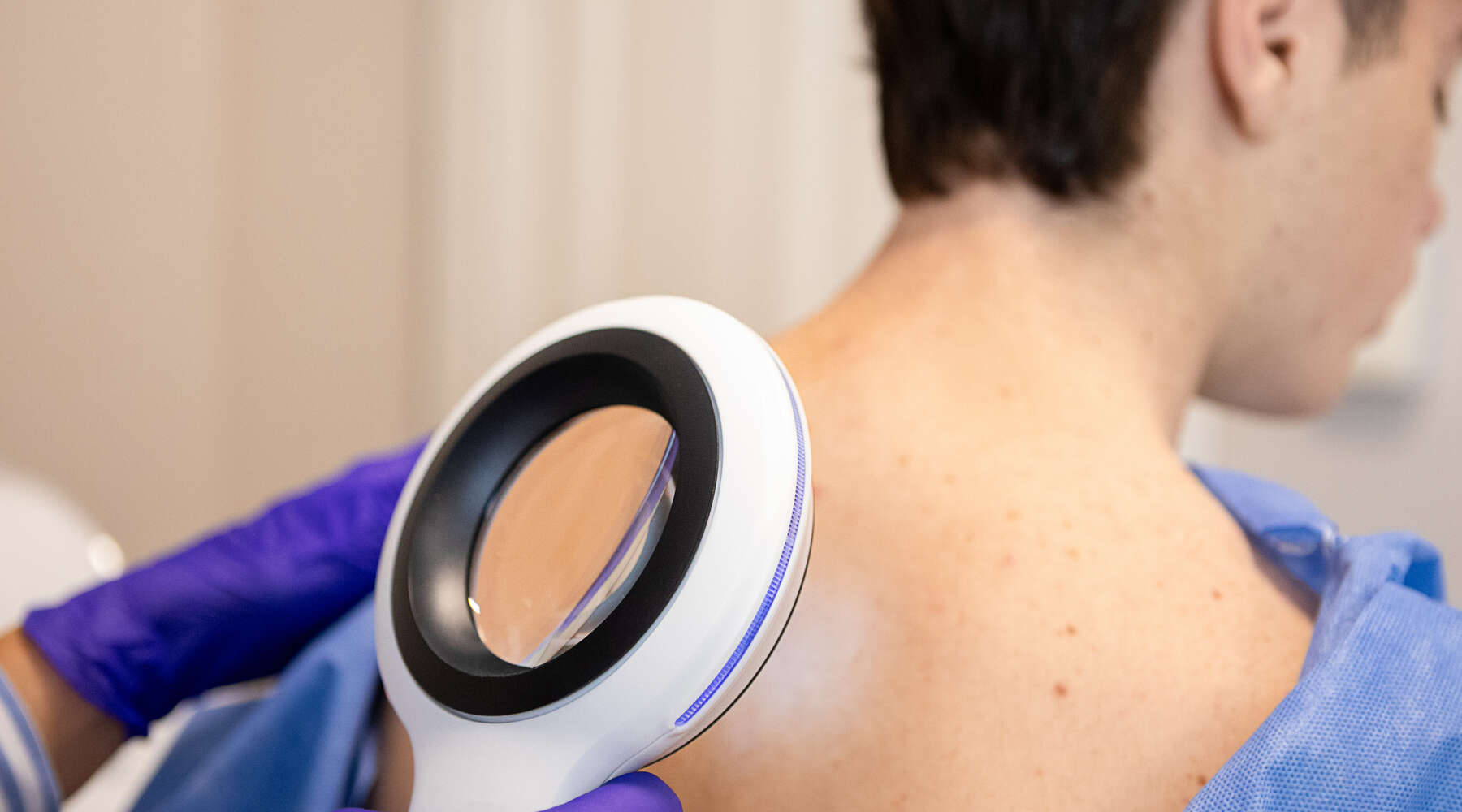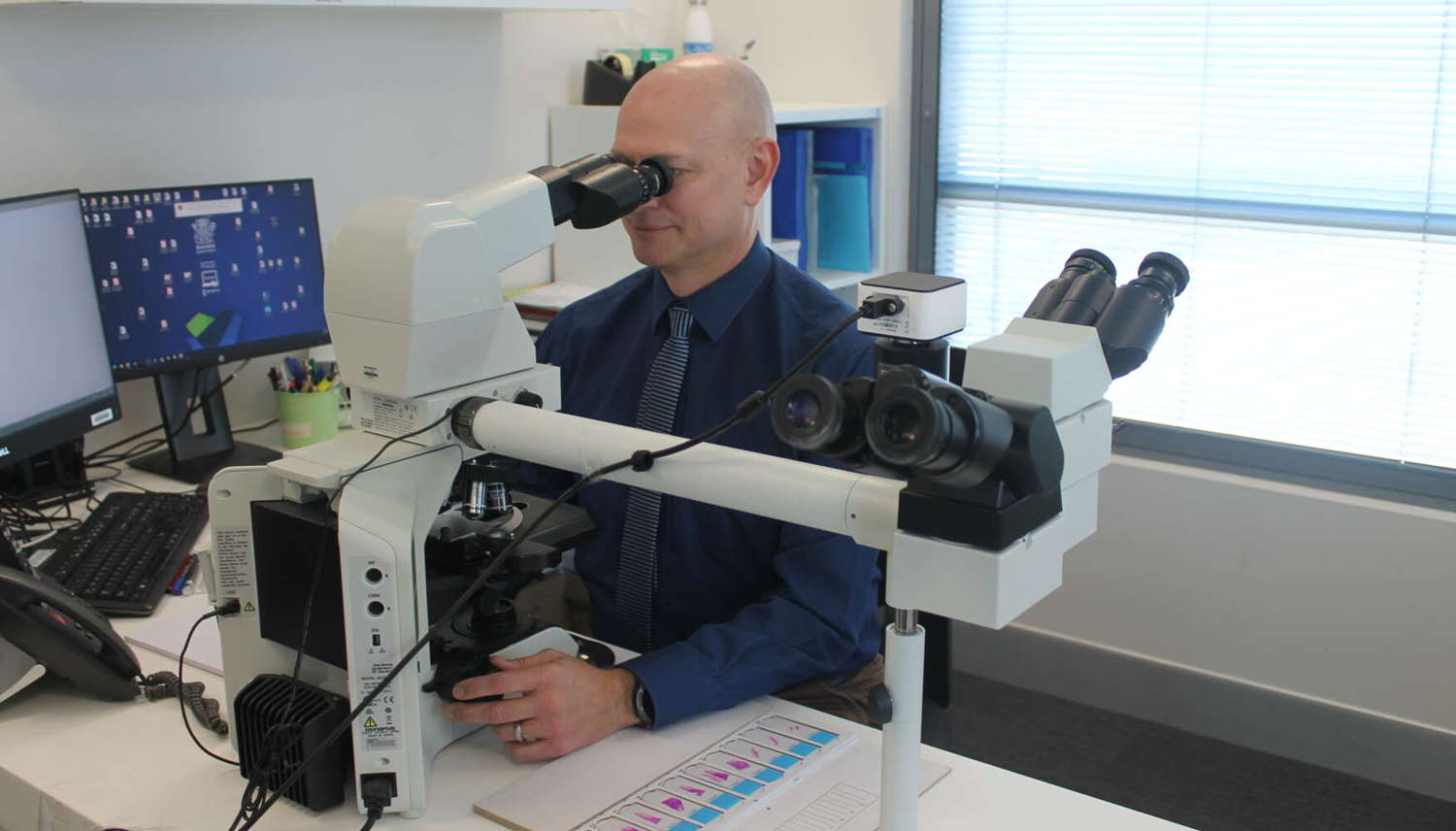Deaths from non-melanoma skin cancers have almost doubled in Australia this millennium – and the culprit is hiding in plain sight, according to new medical research led by the University of the Sunshine Coast.
In a study that has alarmed researchers, most of the deaths were attributed to a high-risk version of cutaneous (skin) squamous cell carcinoma (SCC) – commonly found on sun-exposed areas of the head and neck and often cured by localised removal.
“The real extent is unknown because, unlike melanoma, the pathologies of these cancers are not recorded on Australian cancer registries due to the huge number of cases treated across GP clinics and hospitals.”
In a paper published this month in the journal Pathology, data analysed from sources including the Australian Bureau of Statistics showed the number of non-melanoma skin cancer deaths rose from 400 a year in 2001 to almost 800 in 2021.
Sunshine Coast Health pathologist Dr Andrew Dettrick led his PhD study with UniSC supervisors and a team of fellow specialists from Sunshine Coast University Hospital and Pathology Queensland.
He said the figures revealed the danger of underestimating the urgency of treating non-melanoma skin cancers.

“Non-melanoma skin cancer is often trivialised because of its high prevalence combined with easy treatment for the majority of tumours,” Dr Dettrick said.
“However, there is a subgroup of squamous cell carcinoma that is associated with a high risk of metastasis and death.
“The real extent is unknown because, unlike melanoma, the pathologies of these cancers are not recorded on Australian cancer registries due to the huge number of cases treated across GP clinics and hospitals.”
Dr Dettrick said the study recommended fixing deficiencies in defining, diagnosing and managing treatment of the cancer before it could spread elsewhere in the body.
“While the prognosis is excellent for the majority of patients with this skin cancer, including cure rates between 91 and 95 percent following localised removal, things quickly worsen once the cancer has advanced locally or spread to lymph nodes,” he said.
“Patients and their caregivers must understand that cutaneous squamous cell carcinoma is a serious and potentially fatal cancer. Identifying it early, before it has metastasised, is critical.”
“Patients and their caregivers must understand that cutaneous squamous cell carcinoma is a serious and potentially fatal cancer. Identifying it early, before it has metastasised, is critical.”
UniSC medical science academic Dr Rebecca Donkin, who supervised the study with Dr Anna Kuballa, said the study’s recommendations could have great impact on improving outcomes for patients.
“Many significant prognostic factors have been identified but there is no universally accepted prognostic index, so guidelines for treatment and follow-up have been open to interpretation,” Dr Donkin said.
“To reduce deaths from this aggressive, potentially fatal malignancy, clinicians and pathologists must be able to identify cases early to improve the management of, and the chances of survival from, the disease. This is what Dr Dettrick and his colleagues are striving for.”
Media enquiries: Please contact the Media Team media@usc.edu.au






